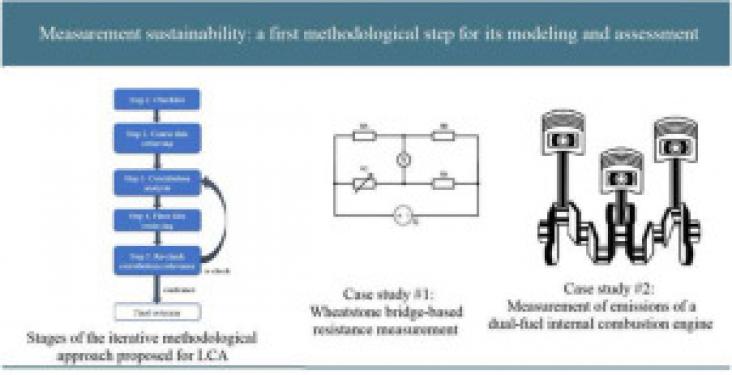
Earth Day is celebrated every year on April 22nd, and it is a global event aimed at raising awareness and promoting action towards environmental protection. It was first celebrated in 1970, and since then, it has become one of the largest civic events in the world, with over one billion people participating in activities such as clean-up campaigns, tree-planting initiatives, and educational programs. The theme for 2023 is Invest in Our Planet, a campaign that will focus on engaging governments, institutions, businesses and individuals in the fight against the climate crisis.
This article supports SDG 2, SDG 3 and SDG 13 by demonstrating the importance of enhancing farmers’ perceptions of of Climate-Smart Agriculture potential to promote environmental stewardship with motivations by demographic, socioeconomic and ecological factors.
Elsevier,
Measurement: Journal of the International Measurement Confederation, Volume 209, 15 March 2023

The research aims to assess the environmental sustainability of measurements, and the investigation is conducted through two case studies within the information and communication technology sector. The authors put forward recommendations for increasing a measurement's environmental sustainability.
This Personal View supports SDGs 3 and 13 by demonstrating a framework for how health-care professionals can promote decarbonisation by influencing the social and policy landscape
This article supports SDG 13 and 9 by providing exploring the estimation of the role of the studied species as sinks of atmospheric carbon.
Soil organic matter (SOM) can be a helpful indicator of soil health in terms of the impact of land use changes. Kar et al., 2023 examined the soil health after land use conversion in India's North-West Himalayan region by using the stratification ratio (SR) of soil organic carbon and total nitrogen (TN) as indicators. The results indicate that land use change to conventional tillage (CT) significantly reduces SR and SOM, while conservation agriculture (CA) help restore the SR levels closer to those of forest land use. The authors suggest that CA is a suitable alternative to CT for improving soil quality and maintaining sustainable soil management practices.
The article highlights the critical and complex interactions between climate/environmental changes and nutrition, emphasizing that addressing these issues requires an integrated, ecological approach. US government initiatives and research efforts are actively working to understand and mitigate these impacts, with the ADVANTAGE initiative playing a pivotal role in exploring these intersections. The article calls for a comprehensive understanding of "nutrition ecology" to effectively promote health and prevent disease, ultimately aiming to meet global nutrition targets.
This article supports SDG # 3, 11 and 13 showing how even in wealthy countries, climate change is causing an acceleration of extremely costly disasters, and the authors provide a framework for disaster risk reduction that is applicable to climate change.
This article advances SDG # 3, 6, 10, 11 and 13 by showing the interaction between poverty, climate change, and health consequences in slum communities in Ghana. Understanding the direct perspective of people “on the ground” can provide solutions that decrease the severe consequences of climate change and extreme weather events in poor communities.

This study shows downscaled climate projections that, without strong curbing of emissions, the California Current System (CCS) will undergo significant change this century, including 2–4 °C warming of sea surface temperature and an almost ubiquitous shift to novel conditions
